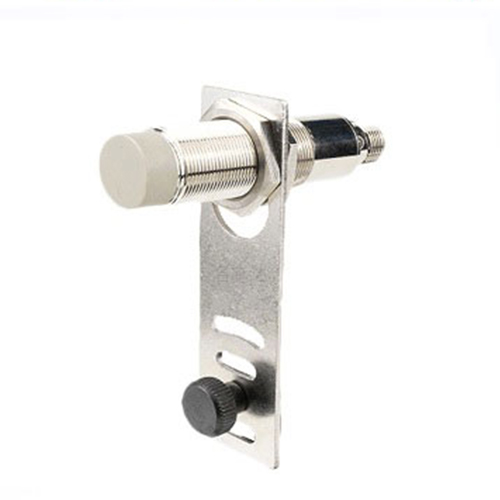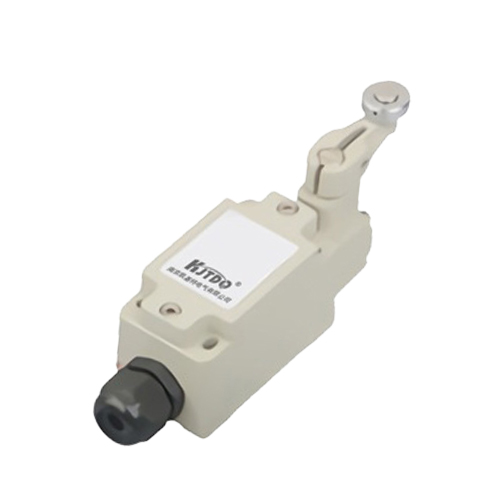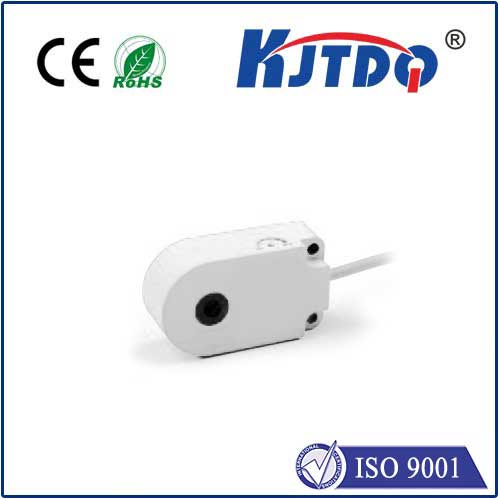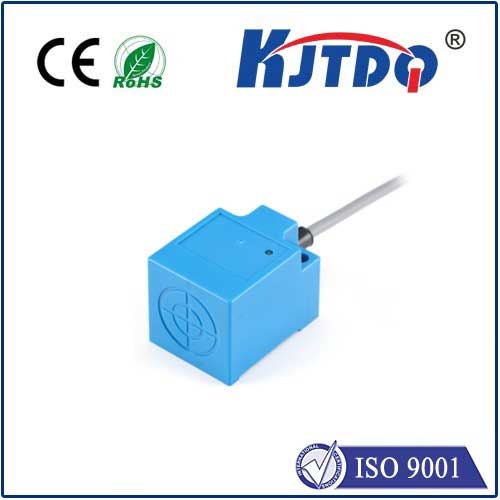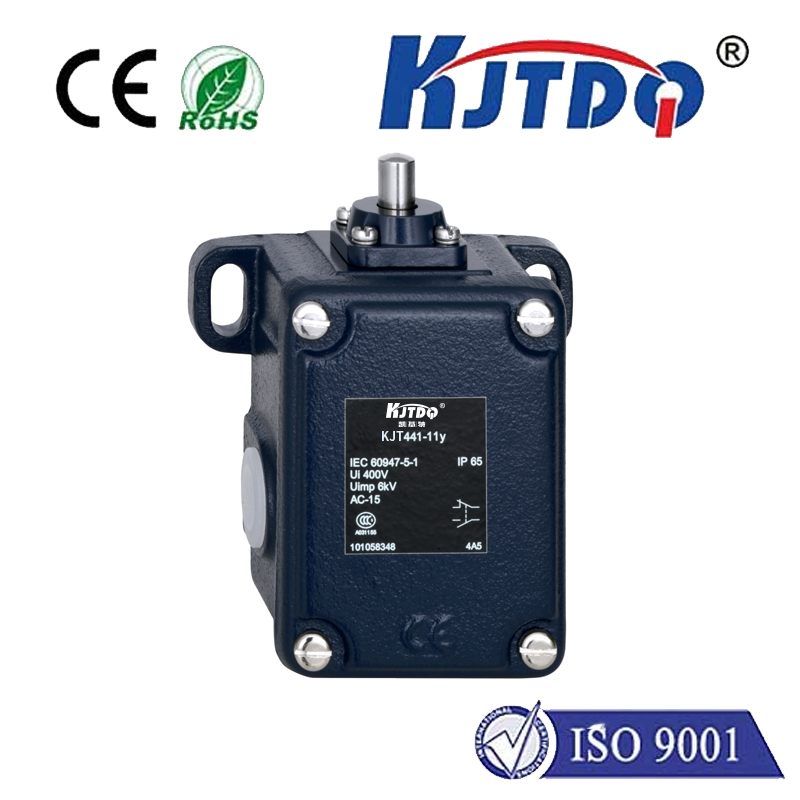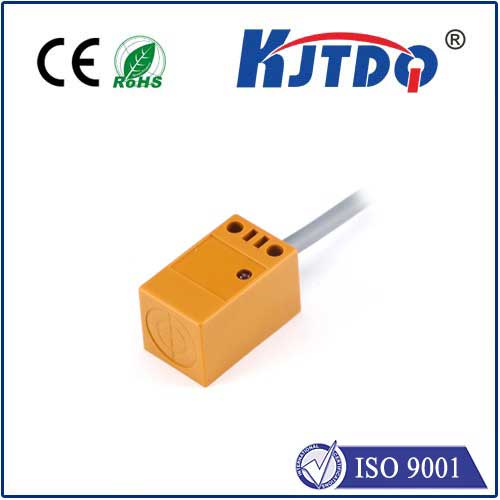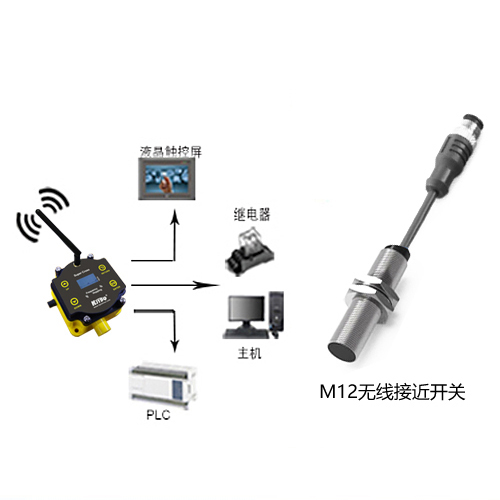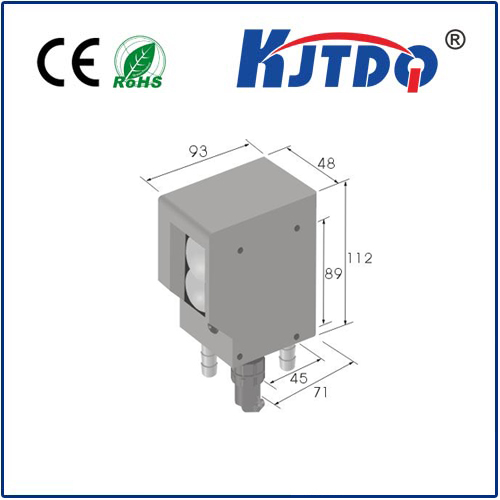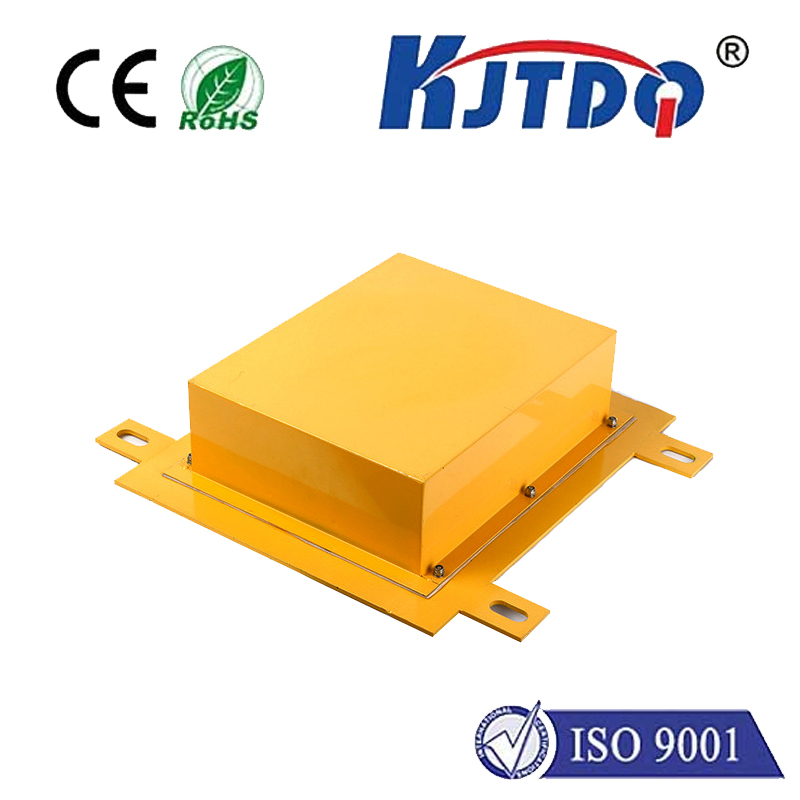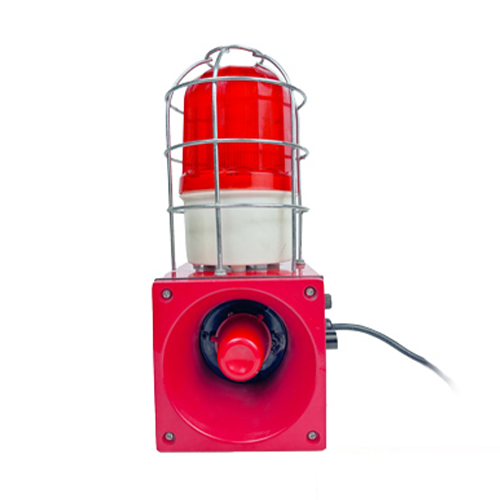gy 906 temperature sensor
- time:2025-08-23 03:10:24
- Click:0
GY-906 Sensor: Mastering Non-Contact Temperature Measurement with Precision
Ever wished you could instantly measure the temperature of a sizzling frying pan, a whirring engine component, or even a sleeping baby without touching them? That’s the remarkable power of non-contact infrared (IR) thermometry, a technology made incredibly accessible through modules like the GY-906. This compact sensor unlocks a world of applications where traditional contact probes fall short, offering speed, safety, and unique measurement capabilities. Whether you’re an engineer, hobbyist, or simply fascinated by smart sensing, the GY-906 is a versatile tool demanding attention.
Unlocking the Science: How Non-Contact IR Temperature Sensing Works
At its core, the GY-906 module uses infrared radiation to measure temperature. Every object with a temperature above absolute zero (-273.15°C) emits infrared energy. The intensity and wavelength of this emitted radiation are directly related to the object’s surface temperature. This is the same principle used by sophisticated thermal imaging cameras, albeit in a simpler, single-point form factor.
The magic happens inside the GY-906:

- IR Thermopile Sensor: The heart is a specialized sensor chip, typically the Melexis MLX90614. This thermopile detector absorbs the incoming IR radiation emitted by the target object.
- Signal Conditioning: The tiny voltage signal generated by the thermopile is incredibly weak and susceptible to noise. High-precision signal conditioning circuitry within the module amplifies this signal.
- On-Chip Processing: Crucially, the MLX90614 features integrated digital signal processing. This DSP converts the amplified analog signal into a digital value and implements complex algorithms to compensate for ambient temperature variations within the sensor itself. This ambient compensation is vital for accuracy.
- Calibration: Each MLX90614 sensor is factory calibrated across its temperature range. Calibration coefficients are stored in its onboard EEPROM, ensuring out-of-the-box accuracy for both the object temperature and the sensor’s own ambient temperature.
GY-906: A Closer Look at Capabilities and Specifications
The GY-906 module wraps this advanced sensing technology into a convenient package, usually featuring a TO-39 metal can housing the MLX90614 sensor. Key specifications that define its performance include:
- Measurement Ranges: While variations exist, common GY-906 variants offer object temperature measurement ranges like -70°C to +380°C (-94°F to +716°F). The measurable ambient temperature range is typically -40°C to +125°C (-40°F to +257°F).
- High Resolution: Provides temperature readings with 0.02°C resolution.
- Accuracy: Achieving ±0.5°C around room temperature is typical for many variants, though accuracy varies slightly with the specific calibration range and operating conditions (consult datasheets). Higher accuracy versions exist.
- Field of View (FoV): This critical parameter, often 90° or 35° depending on the specific lens version, determines the sensor’s cone of vision. A smaller FoV (like 5° or 10°) allows for measuring smaller objects from further away or focusing on a specific point amidst background heat.
- Communication Interface: The GY-906 communicates digitally via the I2C protocol, making it incredibly easy to interface with popular microcontrollers like Arduino, ESP32, Raspberry Pi, and STM32.
- Supply Voltage: Typically operates on 3.3V, making it compatible with most modern microcontroller boards.
Where the GY-906 Shines: Diverse Applications
The unique ability to measure temperature without contact opens up numerous possibilities where traditional sensors are impractical, unsafe, or simply cannot be used:
- Industrial Monitoring & Control: Measuring temperatures of moving parts (motors, bearings, conveyors), hot surfaces (molds, heaters, electrical components), liquids in pipes, or monitoring process temperatures safely from a distance.
- HVAC & Energy Auditing: Detecting heat leaks around windows, doors, and insulation; checking radiator/vent temperatures; monitoring duct airflow temperatures.
- Automotive Diagnostics: Measuring engine component temperatures, exhaust manifolds, brake discs, or battery temperatures during testing and development.
- Consumer & Home Appliances: Potential integration into smart appliances (ovens, kettles, coffee makers), bath temperature safety monitors, or occupancy detection based on body heat.
- Medical & Health: While not a medical device itself, the non-contact principle has inspired applications like simple fever screening prototypes (requiring significant regulatory hurdles for actual medical use) or monitoring skin temperature trends in wellness devices.
- Electronics Prototyping & Hobby Projects: An absolute favorite in the maker community for projects like non-contact thermometers, thermal safety cutoffs, plant monitoring, and exploring thermal dynamics. Its simple I2C interface makes it exceptionally hobbyist-friendly.
Interfacing and Considerations for Optimal Use
Integrating the GY-906 into your project is generally straightforward, but understanding a few key points ensures reliable measurements:
- I2C Communication: Connect the Sensor’s SDA and SCL pins to the corresponding pins on your microcontroller. Remember pull-up resistors (often 4.7kΩ or 10kΩ) on the I2C lines, which might already be present on your development board.
- Software Libraries: Utilize readily available libraries (e.g., for Arduino:
Adafruit MLX90614 Library) which handle the low-level communication and provide easy functions to read object (readObjectTempC()) and ambient (readAmbientTempC()) temperatures.
- Emissivity Matters: Objects emit IR radiation with different efficiencies, characterized by their emissivity (a value between 0.0 and 1.0). The GY-906 is typically calibrated for objects with an emissivity close to 0.95, which applies well to most organic materials and painted surfaces. Measuring highly reflective metals or glossy surfaces requires setting the correct emissivity via the sensor’s EEPROM (advanced) or applying appropriate calibration offsets in software. Incorrect emissivity is a primary source of measurement error.
- Field of View (FoV): Ensure your target object fills the sensor’s FoV. Measuring a small object with a wide FoV sensor will average the object’s temperature with the background temperature behind it, leading to inaccurate readings. Choose the FoV lens variant appropriate for your target size and distance.
- Clean Optics: Keep the sensor lens clean. Dust, dirt, or condensation on the lens will block or scatter IR radiation, distorting measurements.
- Environmental Factors: Avoid significant air currents or rapid ambient temperature changes directly near the sensor during measurement. While it compensates for its own chip temperature, rapid external shifts can cause transient inaccuracy. Strong ambient IR sources interfering with the target view can also be problematic.
Why Choose the GY-906 Over Traditional Sensors?
The GY-906 temperature sensor offers compelling advantages in specific scenarios:
- Speed: Measures temperature almost instantly.
- Non-Invasive: Measures moving objects, hazardous materials, or delicate surfaces without contact












